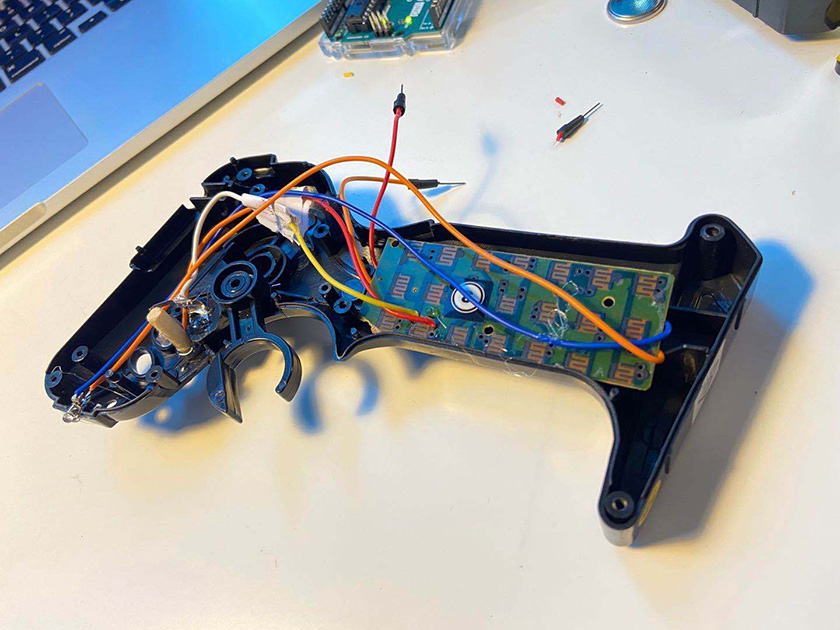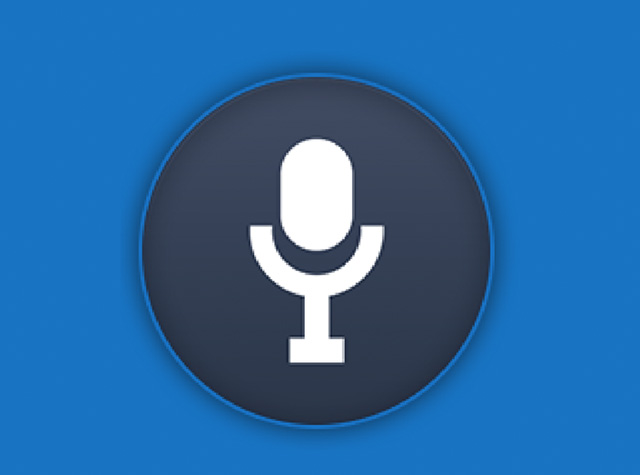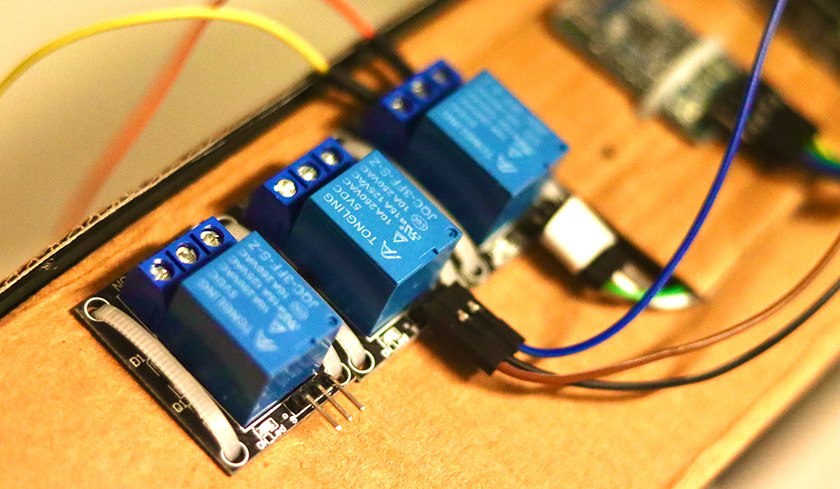After Exhibition
After the online exhibition, many people think that we have reasonably used different technologies to complete our project.
And it looks very cool. Notably, we use voice control instead of traditional buttons or other physical interaction,
which can facilitate the barrier-free use of this device for visually impaired people. Some people think that in the process of completing
this project. We can consider using some technologies to protect the safety of users, which is a heartwarming thing. Of course, our project
still has many shortcomings. For example, our tutor mentioned that not everyone likes zombies. Some people are afraid of this sound. Therefore,
we need more user research to expand the user group and provide convenience for more visually impaired people.
Reflection for project
Overall, I am satisfied with the work I am responsible for and the final product made through the efforts of our team.
The current product was playable. It means that we didn't build a castle in the sky. Almost all our plans on the report are completed, and they are shown through the project.
We can spend more time designing the storyline and adding some other features to make this device more interesting.
I knew the information about "ASMR" about three years ago.
Its realistic sound feedback left a deep impression on me, which is why
I originally proposed to use 3D surround sound (simulated ASMR).
After all, the sound is one of the critical factors for improving the user experience at
this stage. But the obvious thing is that we use too many computer voices and it sounds weird.
Regarding safety alarm, I always think that ultrasonic sensors are not the best
choice.
Although it can accurately calculate the distance between the person and the sensor, its disadvantages
are also visible.
For example, I had to use three ultrasonic sensors at the same position to avoid dead ends. This is not
a delicate design,
and sometimes the three ultrasonic sensors will interfere with each other. And we found in the actual
test that there is some time delay
in the triggering of the ultrasonic sensor. For me, laser tripwire alarm may be a better choice. Just
like the scene in the movie, when
people block the laser, the alarm will sound the first time with almost no delay. And the laser emitter
is tiny, and will not cause any obstacles
to the player's activities. However, because of the impact of the COVID-19. We did not receive the laser
module,
so the ultrasonic sensor was finally used. Our product experience should be better.
Regarding voice control, voice control should be a smart device based on Google
voice,
which is more stable through wifi connection and does not have to worry about the transmission distance.
For some other reason, we can not use Google voice service in
Australia and finally use the Bluetooth module as the wireless control medium.
And our software experience is not very good, for example, the mobile phone needs more
than 8s to recognize our voice commands, which is too long. I can use Siri to complete our
voice control. All we need is just a Gateway, but it is costly in Australia. So we gave up this idea.
Although we have some regrets based on user experience,
it is clear that the process was incredibly rewarding. Our project can solve the problem space.











